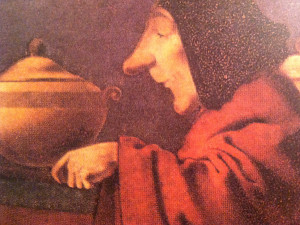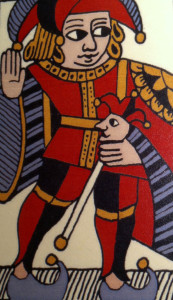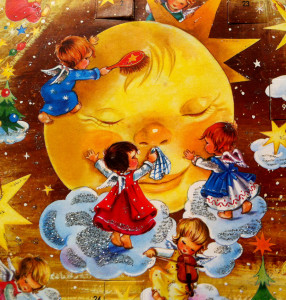FIFTH DAY of CHRISTMAS:
Bring in the Boar
This day holds some particular fascination for us at Convivio Bookworks, for we took our name from an old British Christmas carol known as “The Boar’s Head Carol,” which is a centuries-old song that combines English and Latin verses. The carol speaks of a great feast… and we are known to love a good celebration here.
The Boar’s head in hand bear I
Bedecked with bays and rosemary
And I pray you, my masters, be merry
Quot estis in convivio! [So many as are at the feast!]
The Boar’s head, as I understand,
Is the rarest dish in all the land
When thus bedecked with a gay garland
Let us servire cantico! [Serve with a song!]
Caput apri defero,
Reddens laudes Domino! [The Boar’s head I bring, giving praises to God!]
Our steward hath provided this
In honor of the King of bliss,
Which on this day to be served is.
In Reginensi atrio! [In the Queen’s Hall!]
Caput apri defero,
Reddens laudes Domino!
Not that we’ve ever partaken of this particular dish. We have, however, sung the song while presenting a festive crown roast of pork at the table at Twelfth Night. “The Boar’s Head Carol” is a song fit for a feast, and feasting, such a big part of the Twelve Days of Christmas, is fittingly celebrated on this Fifth Day.
The boar is yet another Christmas tradition rooted in antiquity. Pigs and boar were sacred to the Celts, who viewed them as gifts from the Otherworld. The ferocious wild boar was an animal to be feared and respected, but in the bleak midwinter of the Northern Hemisphere, it could provide a feast for a great many people. I think in this day and age, the Fifth Day of Christmas serves as a good day to be thankful for the abundance of food we have, to acknowledge that sustenance (life) comes out of sacrifice, be it the death of an animal or plant. Let us be thankful for the sacred feast.


